International. The COVID 19 outbreak has negatively influenced the development of the global chiller industry due to the lockdown measure in regions such as Asia-Pacific and Europe, in addition to the delay in the manufacture and production of chillers. The size of the global chiller market was $10,049.4 million in 2019 and is expected to reach $12,670.0 million in 2028, recording a CAGR of 3.7% from 2021 to 2028.
On the other hand, the scenario is optimistic, since the increase in demand for chillers by various vertical industries, such as food and beverage, petrochemical, rubber, plastic and medical, among others, drives the growth of the market. The growth of the aviation industry and the increasing construction of new commercial buildings are anticipated to drive the growth of the global chiller market.
Increased public spending on construction activities requires more chillers for temperature control. This, in turn, is anticipated to cater to the growth of the chiller market. For example, in December 2018, Spain's construction industry accounted for 5.8% of the country's GDP.
In addition, an increase in the effect of greenhouse gases produces a global warming effect worldwide. For example, the total effect of global warming increases by 37% from 1990 to 2015. Increasing urbanization and increasing people's disposable income are the factors that are projected to drive the growth of the global chiller market. For example, urbanization in Latin America increased by 0.3% from 2018 to 2019. In addition, increasing industrial and residential construction activities with government initiatives such as the "National Infrastructure Program" and the "National Program of Strategies for Sustainable Smart Cities", among others, are expected to drive the growth of the market.
It is worth noting that the screw cooler segment had the highest revenue in 2019. By product type, it bifurcates into air-cooled cooler, and water-cooled cooler. By power range, it is classified into less than 20 kW, 50-200 kW and more than 200 kW. The 200+ kW segment generated the highest revenue in 2019. By end user, it is fragmented into chemicals and petrochemicals, food and beverages, medical and others.
By region, it is studied across North America, Europe, Asia-Pacific and LAMEA. In 2019, the Asia-Pacific region contributed the most to the global chiller market share, and is anticipated to secure a leading position during the forecast period.
However, high initial investment and installation cost, fluctuating raw material prices, and increasing demand for variable refrigerant flow (VRF) systems are anticipated to hold back the growth of the global chiller market. In addition, technological innovation in chillers is expected to offer remunerative opportunities for the global chiller market.


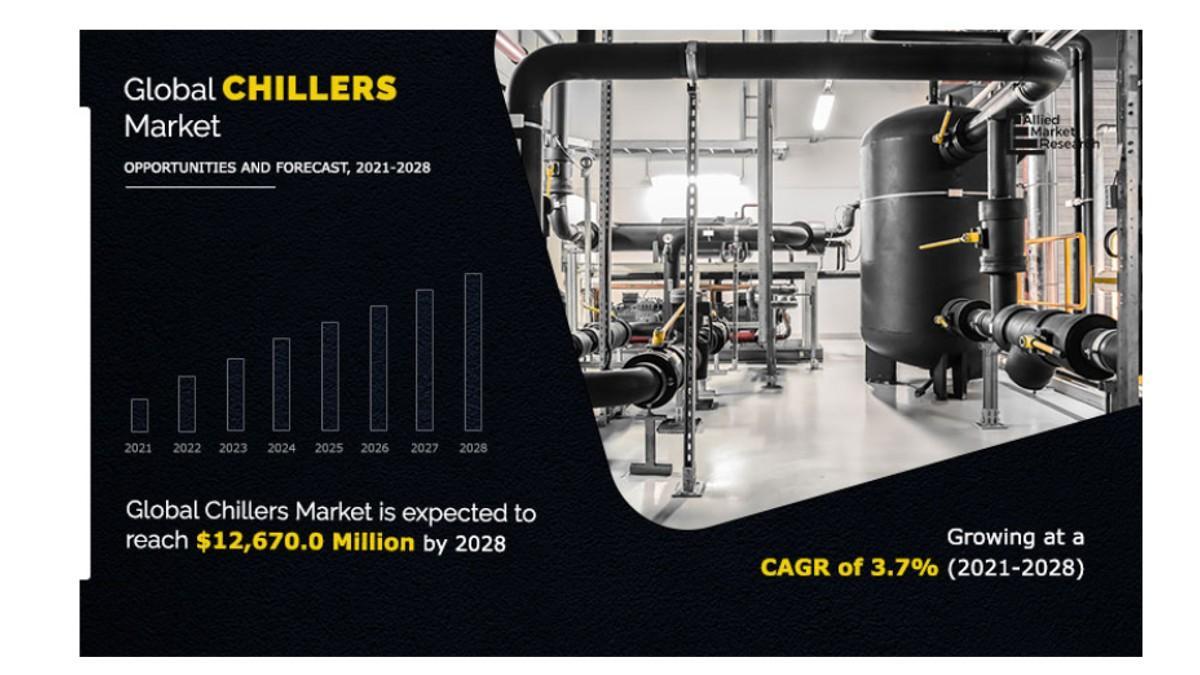

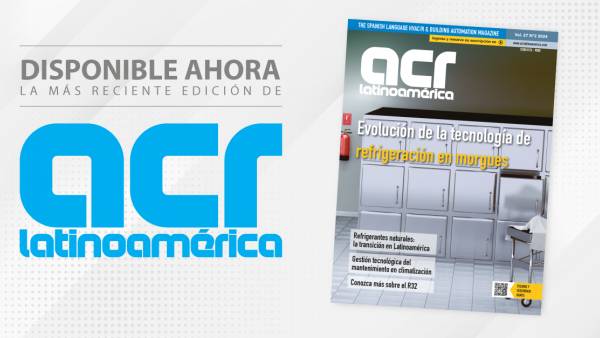
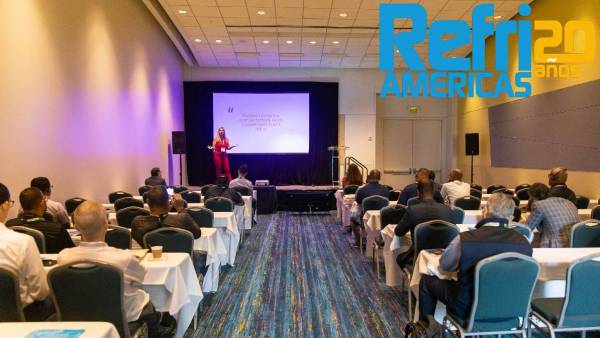
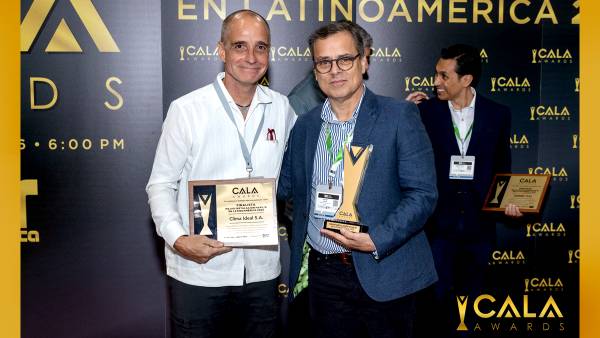
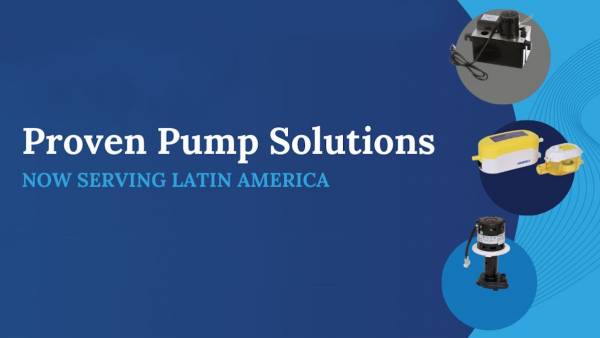

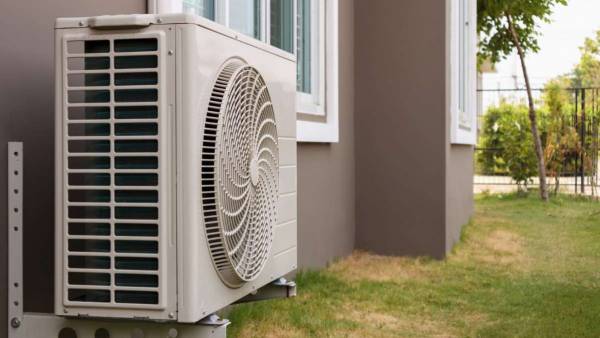

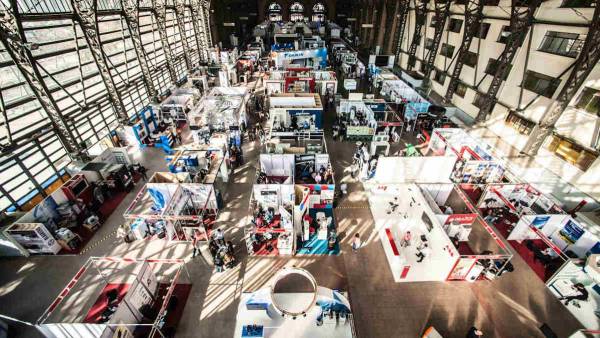














Leave your comment